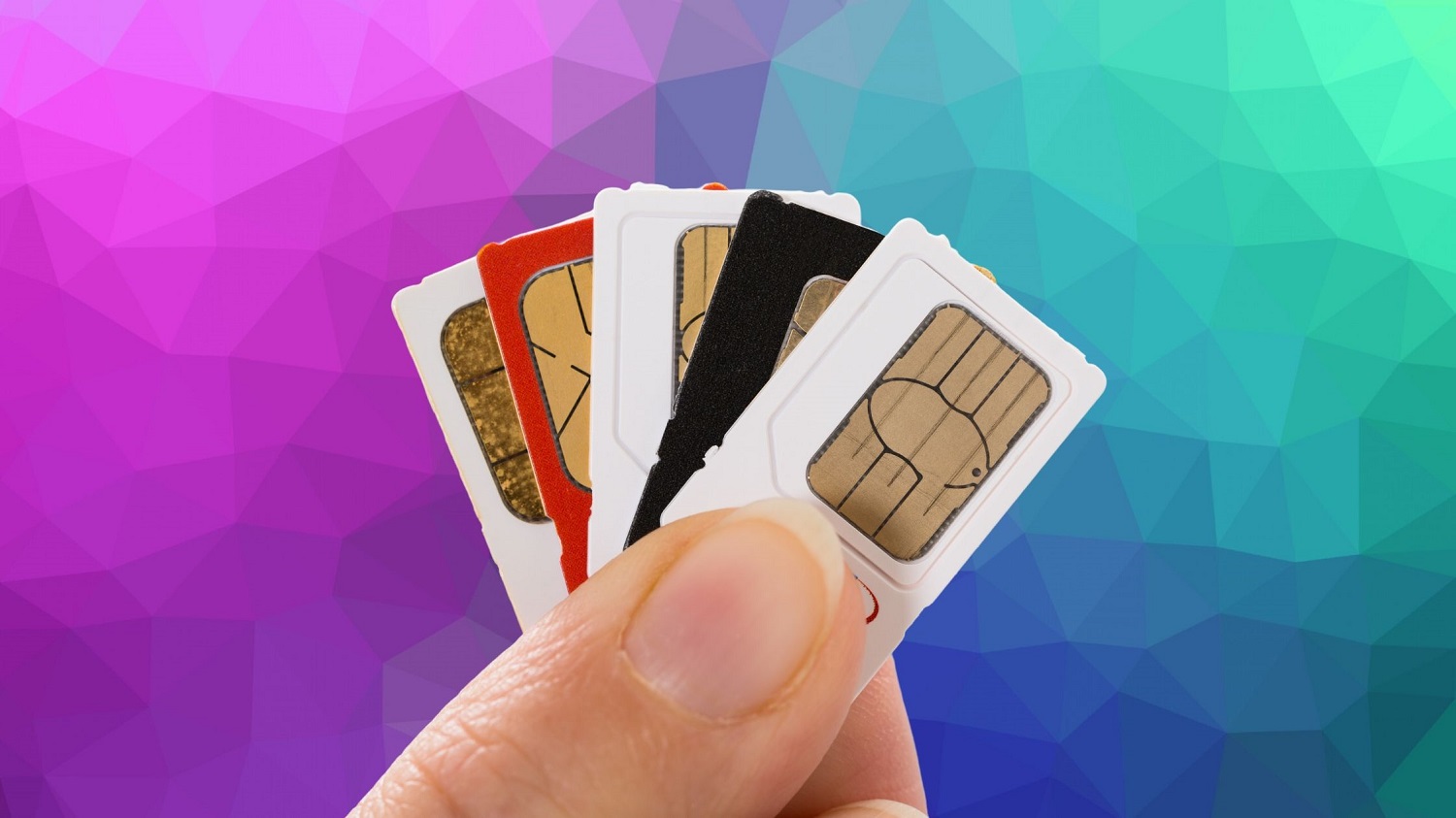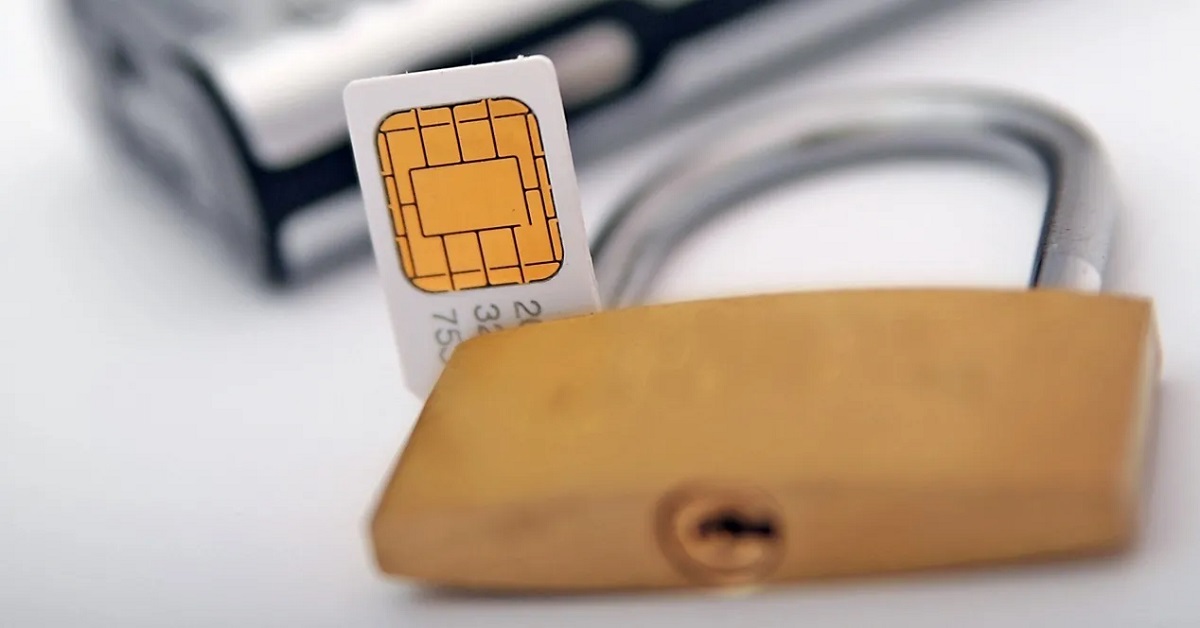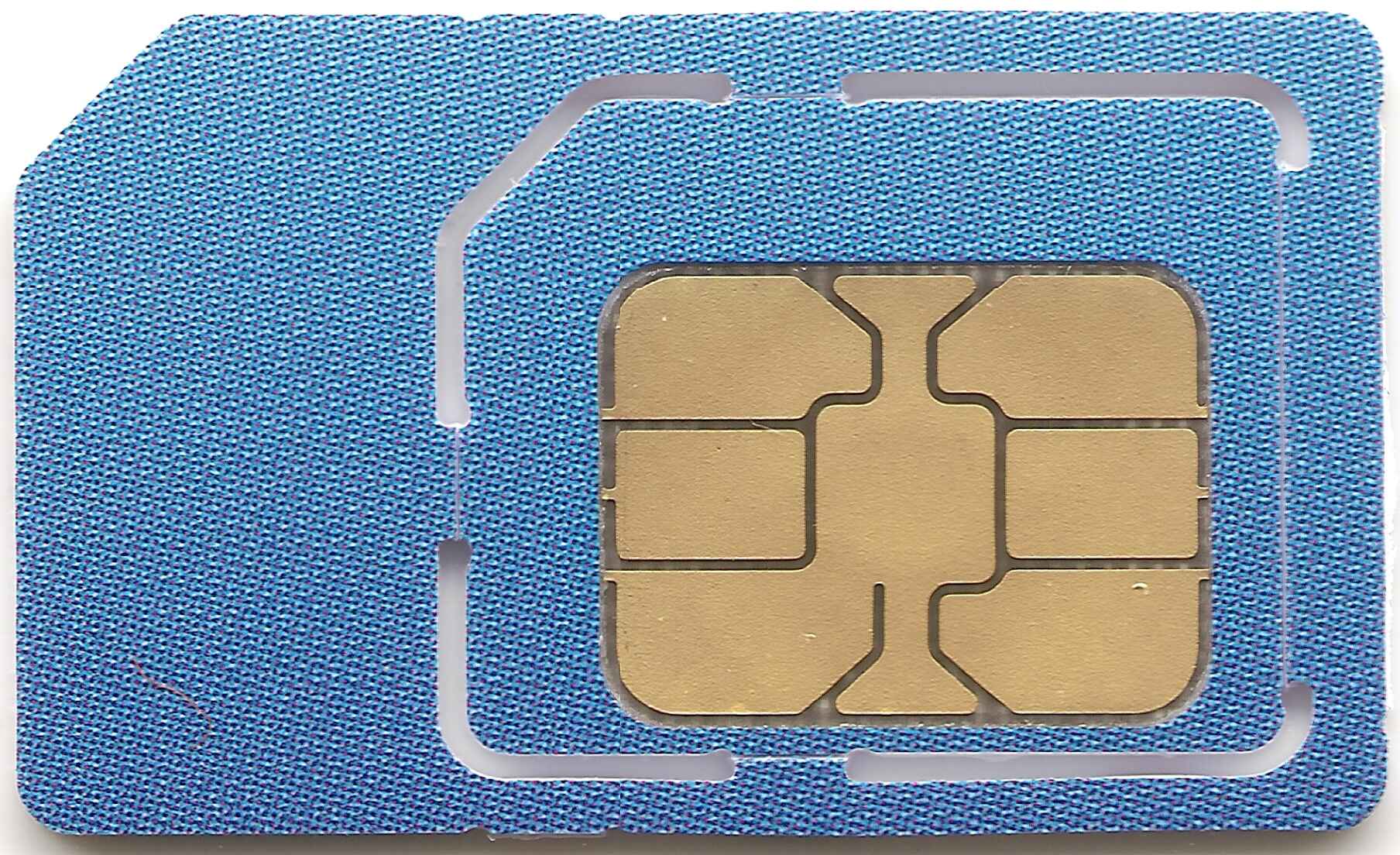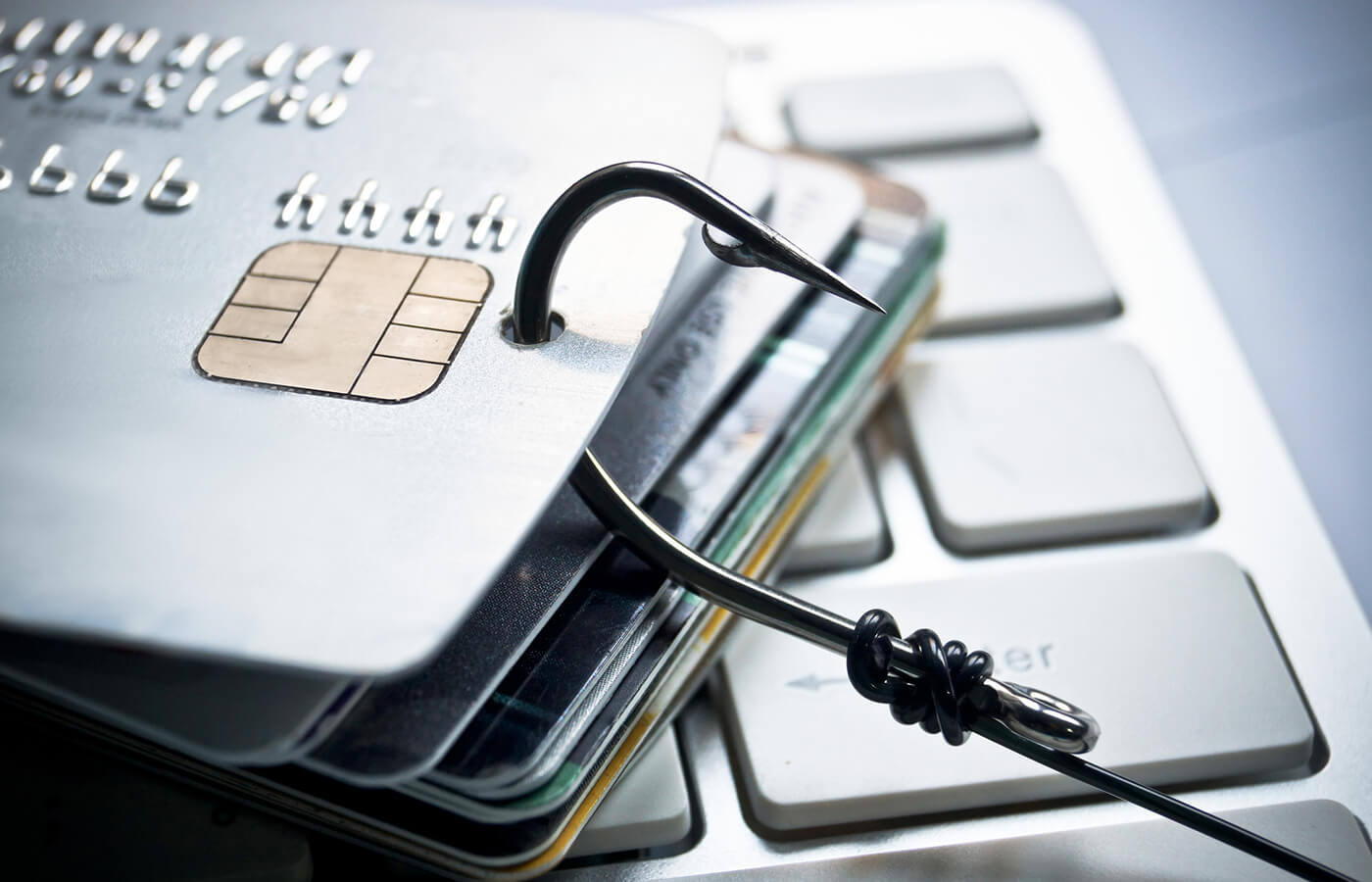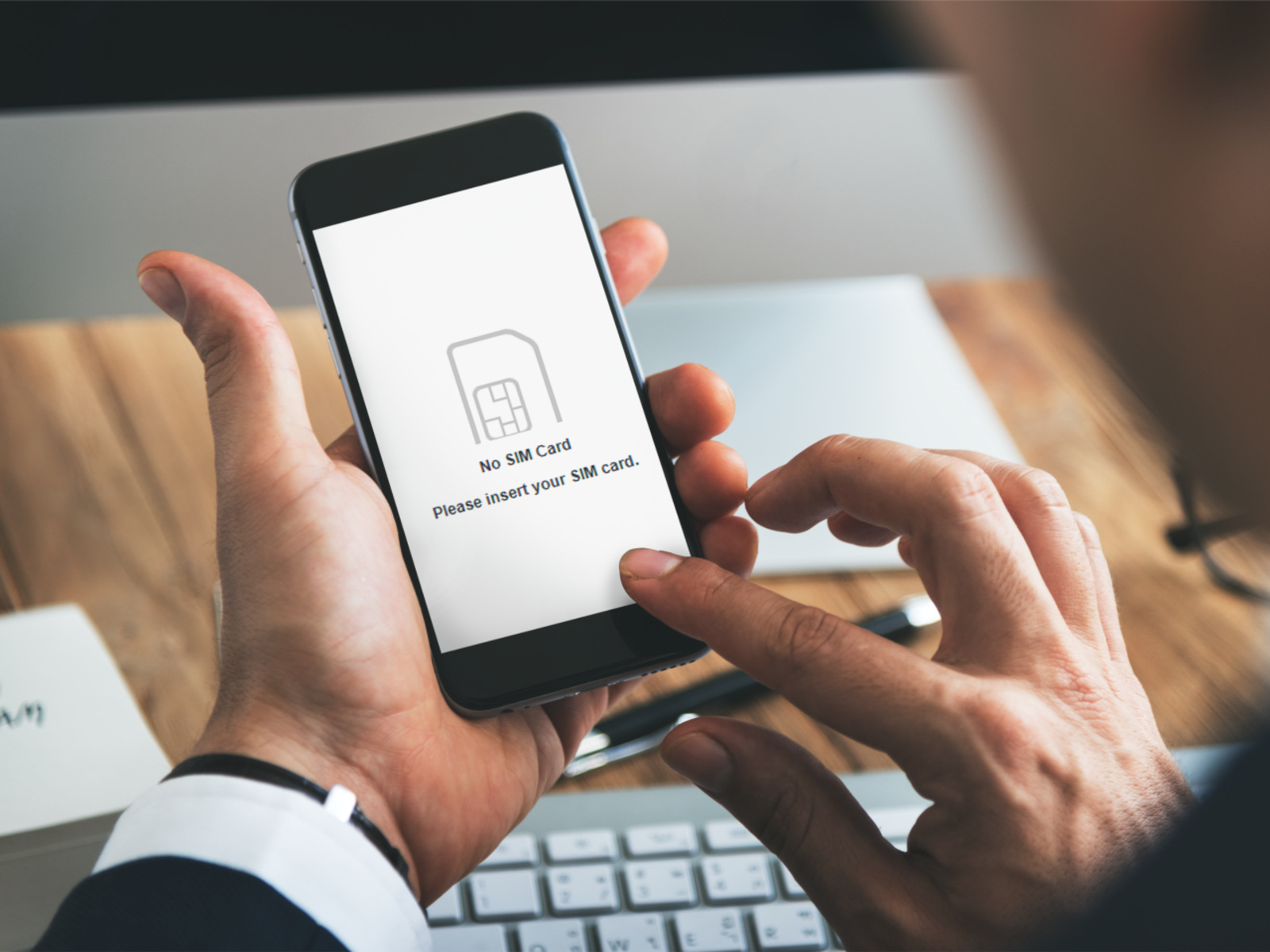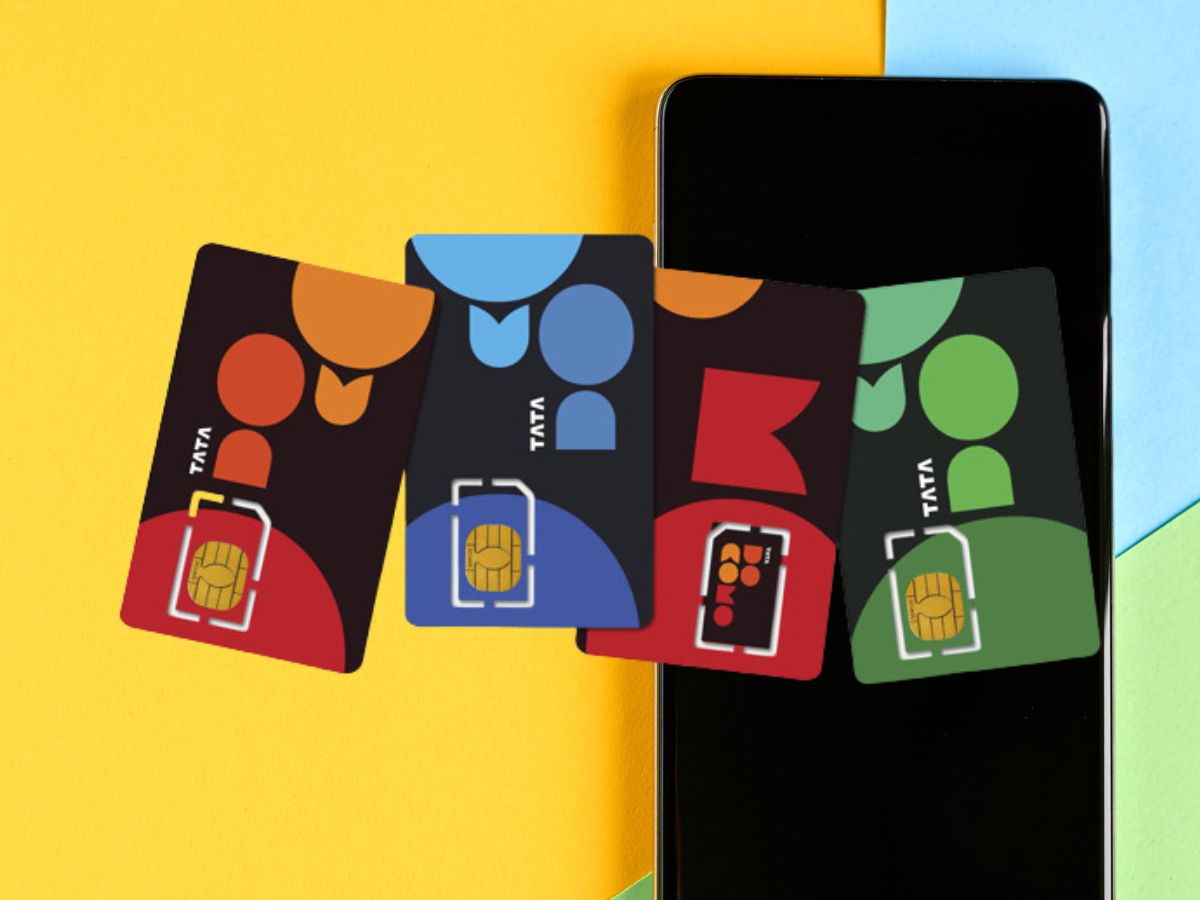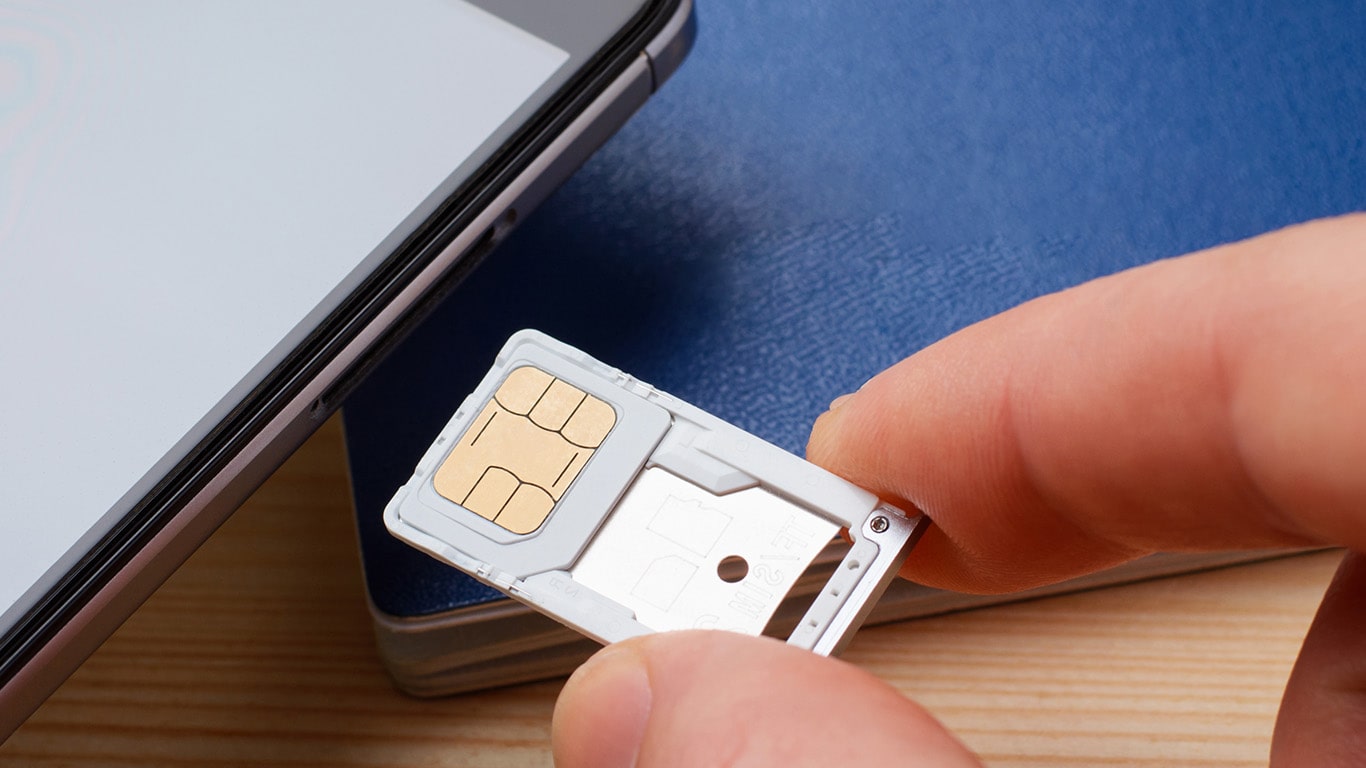Contacting Your Mobile Provider
Contacting your mobile provider is the crucial first step to take when your SIM card is stolen. By promptly notifying your mobile provider, you can prevent unauthorized usage of your SIM card and protect yourself from potential financial loss. Here's what you need to do:
-
Immediate Notification: As soon as you realize that your SIM card has been stolen, contact your mobile provider without delay. Most providers offer 24/7 customer support, so you can report the theft at any time, day or night. This swift action can help to minimize the risk of unauthorized activity on your account.
-
Provide Necessary Details: When you reach out to your mobile provider, be prepared to provide specific details about the theft. This may include the date and time you discovered the theft, the location where it occurred, and any relevant circumstances that could assist in the investigation.
-
Temporary Suspension: Your mobile provider can temporarily suspend your SIM card to prevent any further usage. This proactive measure can safeguard your account from unauthorized calls, messages, and data usage. Additionally, the suspension can serve as a deterrent to the thief, making the stolen SIM card unusable.
-
SIM Replacement: Depending on your mobile provider's policies, you may need to request a replacement SIM card. Your provider can guide you through the process of deactivating the stolen SIM card and obtaining a new one. This replacement ensures that you can continue using your mobile device without disruption.
By promptly contacting your mobile provider and following their guidance, you can mitigate the potential risks associated with a stolen SIM card. This proactive approach not only protects your personal information and financial assets but also demonstrates your commitment to safeguarding your mobile device and its associated services.
Remember, swift action is key when dealing with a stolen SIM card. By reaching out to your mobile provider as soon as possible, you can take the first crucial step toward minimizing the impact of the theft and securing your mobile communications.
Reporting the Theft to the Police
Reporting the theft of your SIM card to the police is an essential step in addressing the situation and potentially recovering your stolen property. While it may be tempting to solely focus on contacting your mobile provider, involving law enforcement can significantly increase the chances of identifying the thief and preventing future criminal activity. Here's what you need to know about reporting the theft to the police:
Immediate Action
As soon as you discover that your SIM card has been stolen, contact your local police department or law enforcement agency to report the theft. Provide them with a detailed account of the incident, including the circumstances surrounding the theft and any relevant information that could aid in the investigation. Prompt reporting can help law enforcement take timely action and potentially recover your stolen SIM card.
Filing a Police Report
When reporting the theft, you will likely be required to file a formal police report. This document serves as an official record of the theft and provides law enforcement with essential details for their investigation. Be prepared to provide specific information, such as the date, time, and location of the theft, as well as any identifying features of the stolen SIM card, if available.
Cooperation with Law Enforcement
Cooperating fully with law enforcement is crucial in the aftermath of a SIM card theft. Provide any additional information or evidence that may assist the police in their efforts to recover your stolen property. This may include sharing any relevant surveillance footage, eyewitness accounts, or other details that could lead to the identification of the perpetrator.
Preventing Identity Theft
In addition to aiding in the recovery of your stolen SIM card, involving the police can help mitigate the risk of identity theft and other fraudulent activities. By documenting the theft through a police report, you create an official record that can be used to dispute unauthorized charges or fraudulent accounts that may be opened using your stolen SIM card information.
Follow-Up and Updates
After filing the police report, stay in contact with law enforcement for any updates on the investigation. Providing ongoing cooperation and being responsive to any requests for further information can aid in the efforts to resolve the theft and hold the responsible party accountable.
By promptly reporting the theft of your SIM card to the police and actively participating in the investigation, you not only increase the likelihood of recovering your stolen property but also contribute to the prevention of future criminal activities. This collaborative approach underscores the importance of involving law enforcement in addressing instances of theft and protecting individuals from potential harm.
Activating Remote Lock and Wipe Features
Activating remote lock and wipe features on your mobile device is a critical step in safeguarding your personal data and preventing unauthorized access in the event of a stolen SIM card. These features, often provided through mobile security applications or built-in device management tools, offer powerful capabilities to protect your privacy and sensitive information. Here's what you need to know about activating remote lock and wipe features:
Understanding Remote Lock and Wipe
Remote lock and wipe functionalities empower you to take immediate action when your device, including the associated SIM card, is stolen. By remotely triggering these features, you can effectively secure your device and prevent unauthorized individuals from accessing your personal data. The remote lock feature enables you to lock your device remotely, rendering it inaccessible without the correct credentials, such as a PIN or biometric authentication. On the other hand, the remote wipe feature allows you to erase all data on the device, restoring it to its factory settings and safeguarding your sensitive information from falling into the wrong hands.
Enabling Remote Lock and Wipe
To activate remote lock and wipe features, you can utilize mobile security applications or device management settings that offer these capabilities. Many mobile operating systems, such as iOS and Android, provide built-in options for enabling remote lock and wipe functionalities. Additionally, third-party security applications, often available through app stores, offer comprehensive features to protect your device in the event of theft or loss. Once enabled, these features can be triggered remotely through a web portal or a designated mobile application linked to your device.
Immediate Action Upon Theft
In the event of a stolen SIM card, it is crucial to act swiftly to activate the remote lock and wipe features. By initiating the remote lock, you can prevent unauthorized access to your device, protecting your personal data and privacy. Furthermore, triggering the remote wipe feature ensures that your sensitive information remains secure, even if the physical device is no longer in your possession.
Additional Considerations
When activating remote lock and wipe features, it is important to ensure that your device is regularly backed up to a secure location, such as cloud storage or a computer. This precautionary measure can mitigate the impact of a remote wipe by allowing you to restore your data to a replacement device, if necessary. Additionally, familiarize yourself with the specific steps required to activate and utilize these features on your mobile device, ensuring that you can swiftly respond in the event of a theft.
By activating remote lock and wipe features on your mobile device, you proactively protect your personal data and mitigate the potential risks associated with a stolen SIM card. These capabilities empower you to take decisive action to secure your device and maintain control over your sensitive information, even in challenging circumstances.
Monitoring Your Financial Accounts
Monitoring your financial accounts is a crucial aspect of protecting yourself from potential financial repercussions following the theft of your SIM card. While the immediate focus may be on securing your mobile device and communication services, it is equally important to be vigilant in safeguarding your financial assets. Here's what you need to consider when monitoring your financial accounts in the aftermath of a stolen SIM card:
Immediate Review of Transactions
Upon discovering the theft of your SIM card, it is imperative to immediately review the transactions associated with your linked financial accounts. This includes bank accounts, credit cards, and any payment methods linked to your mobile device. Look for any unauthorized or suspicious transactions that may indicate fraudulent activity. By identifying and reporting these transactions promptly, you can mitigate potential financial losses and prevent further unauthorized charges.
Contacting Financial Institutions
In the event of unauthorized transactions or suspected fraudulent activity, promptly contact the relevant financial institutions to report the situation. Inform them of the stolen SIM card and any unauthorized charges, providing specific details about the transactions in question. Many financial institutions offer 24/7 customer support for addressing potential fraud, allowing you to take immediate action to protect your accounts and funds.
Fraud Alerts and Monitoring Services
Consider activating fraud alerts or monitoring services offered by your financial institutions. These proactive measures can provide real-time notifications of suspicious account activity, helping you detect and address potential fraud swiftly. By leveraging these tools, you can enhance the security of your financial accounts and receive timely alerts if unauthorized transactions occur.
Updating Security Measures
In addition to monitoring your accounts for unauthorized activity, it is essential to review and update the security measures associated with your financial accounts. This may include changing passwords, enabling two-factor authentication, and reviewing any security settings provided by your financial institutions. By strengthening the security of your accounts, you can reduce the risk of unauthorized access and enhance the overall protection of your financial assets.
Ongoing Vigilance
Following the theft of your SIM card, maintain ongoing vigilance in monitoring your financial accounts for any signs of potential fraud or unauthorized activity. Regularly review account statements, set up account alerts, and remain attentive to any unusual banking or transaction-related communications. By staying vigilant, you can promptly address any emerging issues and minimize the impact of the stolen SIM card on your financial well-being.
By proactively monitoring your financial accounts and promptly addressing any signs of unauthorized activity, you can mitigate the potential financial risks associated with a stolen SIM card. This proactive approach empowers you to protect your financial assets and maintain control over your monetary transactions, even in the aftermath of a security breach.
Updating Your Online Accounts and Passwords
After experiencing the theft of your SIM card, taking proactive steps to update your online accounts and passwords is paramount in safeguarding your digital security. This comprehensive process involves addressing not only the immediate impact of the stolen SIM card but also fortifying the overall protection of your online accounts. Here's a detailed exploration of the crucial measures to consider when updating your online accounts and passwords:
Assessing Account Vulnerability
Begin by assessing the vulnerability of your online accounts in light of the stolen SIM card. Identify the accounts that are linked to your mobile device or associated with the compromised SIM card. This may include social media accounts, email services, online banking platforms, and any other digital services that rely on your mobile number for verification or authentication.
Password Reset and Two-Factor Authentication
Initiate a thorough password reset across your online accounts to ensure that unauthorized individuals cannot gain access through compromised credentials. When creating new passwords, prioritize complexity and uniqueness to enhance the security of each account. Consider utilizing password management tools to generate and store strong, distinct passwords for each online platform.
Additionally, enable two-factor authentication (2FA) wherever possible to add an extra layer of security to your accounts. 2FA requires a second form of verification, such as a code sent to your mobile device or a biometric authentication, to access your accounts. By activating 2FA, you bolster the defense of your online accounts against unauthorized access attempts.
Account Recovery Information
Review and update the account recovery information associated with your online platforms. This includes verifying and, if necessary, modifying the email addresses, phone numbers, and security questions linked to each account. Ensuring that accurate and up-to-date recovery information is in place can facilitate account recovery processes and help you regain access in the event of unauthorized changes or security incidents.
Security Notifications and Alerts
Explore the security notification options provided by your online platforms and enable relevant alerts to receive timely notifications of any suspicious account activity. Many digital services offer security alerts that inform users of login attempts from unrecognized devices or locations. By staying informed about potential security breaches, you can take swift action to secure your accounts and prevent unauthorized access.
Ongoing Account Monitoring
Following the updates to your online accounts and passwords, maintain ongoing vigilance by regularly monitoring account activity and reviewing security-related communications. Stay attentive to any unusual login attempts, account settings modifications, or unexpected communications from your online platforms. By remaining vigilant, you can promptly address any security concerns and maintain the integrity of your digital accounts.
By diligently updating your online accounts and passwords in the aftermath of a stolen SIM card, you fortify the security of your digital presence and reduce the risk of unauthorized access. This proactive approach empowers you to maintain control over your online accounts and protect your personal information from potential exploitation.







